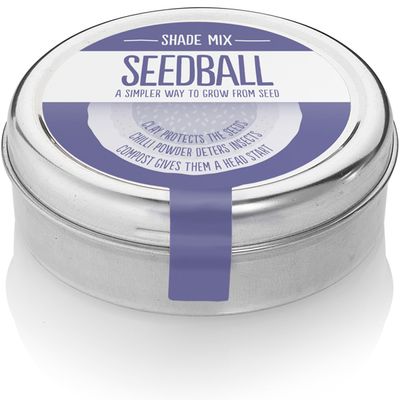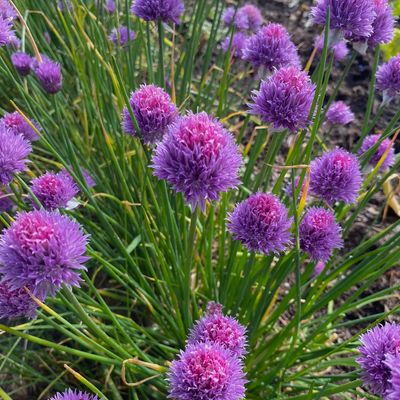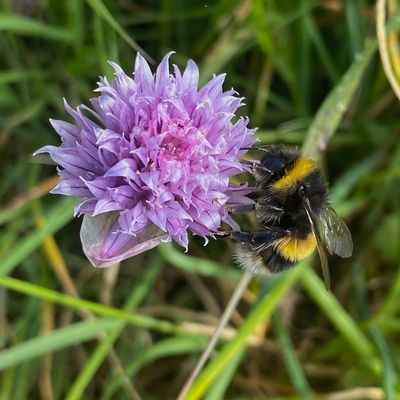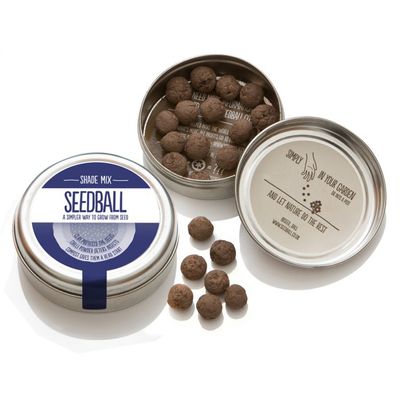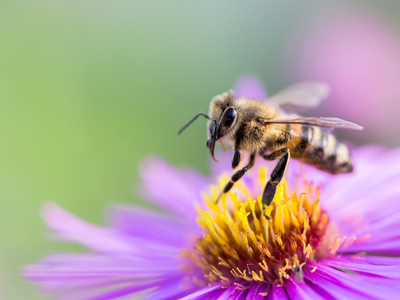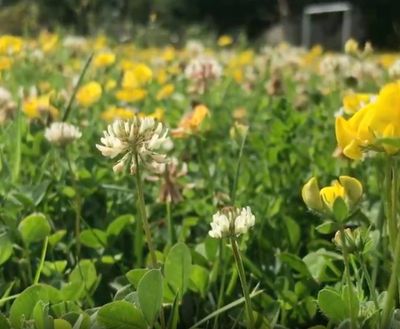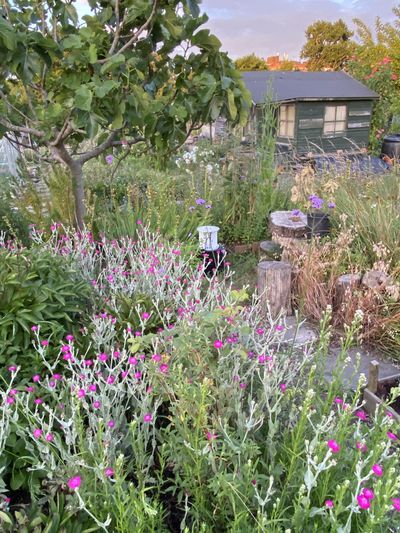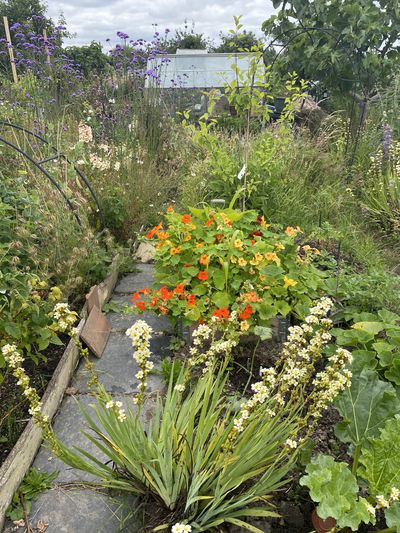Give wildlife a helping hand: why wildflowers are the must-have for spring gardens
Published:
Read Time: 3 mins
As the days grow longer and nature begins to stir, now is the perfect time to give gardens a wild and wonderful refresh. Seedball, the original seed ball company, is calling on gardeners to embrace the power of wildflowers this spring - not just for their natural beauty but for the vital role they play in supporting Britain’s struggling pollinators and enriching local biodiversity. Planting native wildflowers helps to create mini wildlife havens, providing essential food sources for bees, butterflies, and other insects that are crucial to a thriving ecosystem.
Why pollinators matter
From bees and butterflies to birds and bats, pollinators are the unsung heroes of our ecosystems. They help plants reproduce, which is essential for the growth of fruits, vegetables, and flowers. Without these hardworking creatures, gardens would lose their colour, vibrancy, and productivity, impacting local wildlife and the wider environment.
By scattering wildflower seeds, gardeners can create a thriving habitat for pollinators, making a real difference to nature while creating a beautiful outdoor space that is full of life. A small change in the garden – or even a window box - can have a big impact, and spring is perfect season to welcome more wildlife.
Get gardens ready for a beautiful spring bloom!
Bringing gardens to life with vibrant native wildflowers is easier than people might think! Unlike traditional garden flowers that need regular care and upkeep, native wildflowers are naturally hardy, low-maintenance, and perfectly suited to local conditions.
Follow these simple steps to create a stunning wildflower display this spring:
1. Clear some space
Wildflowers need room to take root, so clear away grass and any overcrowding plants to let the seeds reach the soil and get plenty of light.
2. Loosen the soil
Adding a fresh layer of soil and breaking up compacted areas helps wildflowers develop strong, resilient roots.
3. Pick the perfect spot
Most wildflowers love the sun, so choose bright, sunny areas for the best results. If your garden has more shade, don’t worry - there are plenty of wildflower varieties that thrive in low-light spots too, such as bellflower, meadow buttercup, forget-me-not and meadowsweet.
4. Plant with ease
Simply scatter the seed balls across the prepared area and give them a good watering. After that, nature takes over, nurturing them from seed to sprout to bloom!
5. Water wisely
Wildflowers are incredibly low maintenance. They only need a little water during their early growth phase - then they’re good to go!
Wildflowers aren’t just pretty to look at, they’re vital for wildlife. Research shows that gardens filled with native wildflowers support far more pollinators than traditional lawns, offering a variety of nectar sources and much-needed habitats. By adding wildflowers to gardens, balconies, or even window boxes, everyone can help protect pollinators, boost biodiversity, and create a healthier environment for all!
To explore Seedball’s wider wildflower products, or for more expert advice on wildlife friendly gardening, visit the Seedball website at www.seedball.co.uk
Ends
Editors notes
Seedball was founded by two conservation scientists wanting to boost biodiversity and help wildlife.
Seedball Ltd is an innovative organisation on a mission to help increase the abundance of British wildflowers and the wildlife that depends upon them.
Owned by Project Maya – a non-profit enterprise - Seedball manufactures wildflower seed balls using a unique innovation of wildflower seeds mixed with clay, peat-free compost and chilli powder to naturally protect seeds from predators. Its products are sold in over 500 stores in the UK, including Kew Gardens, The Woodland Trust and Blue Diamond Garden Centres, as well as online retailers such as Crocus and Marie Curie. Each year, Seedball also donates products to hundreds of schools and community groups to help support their nature projects.

